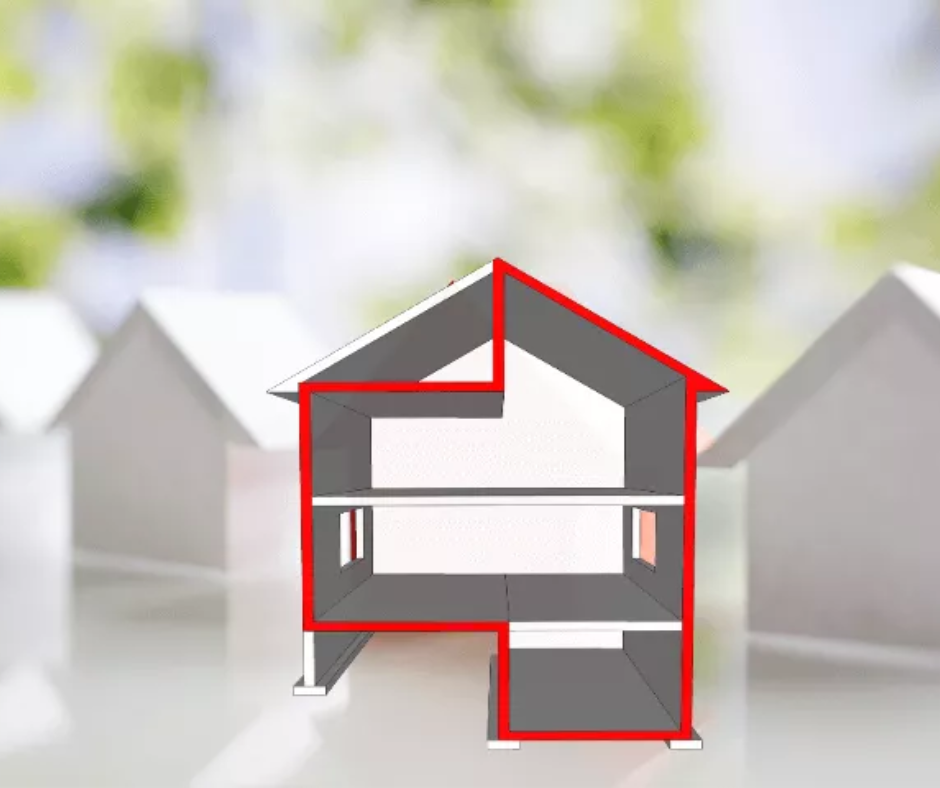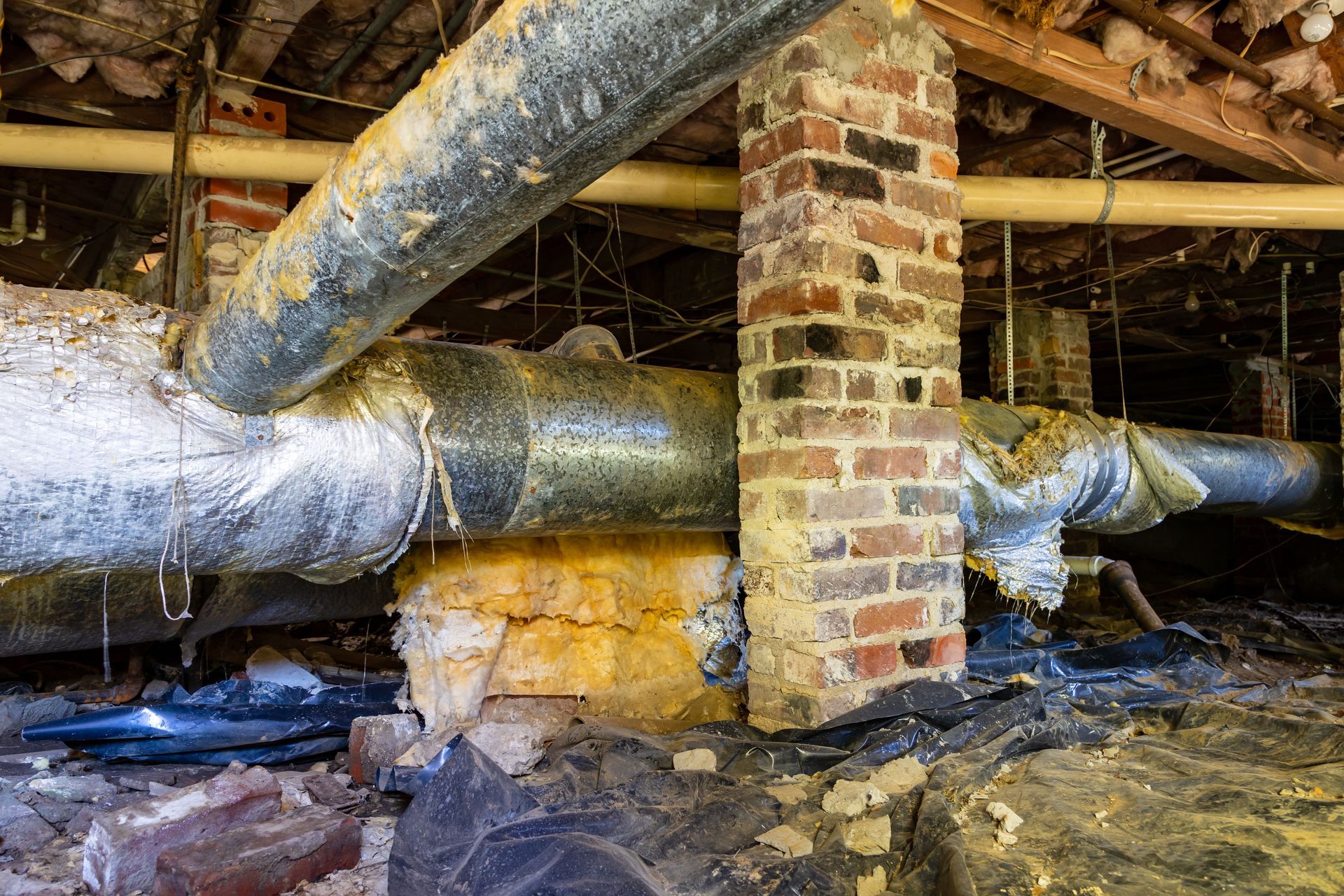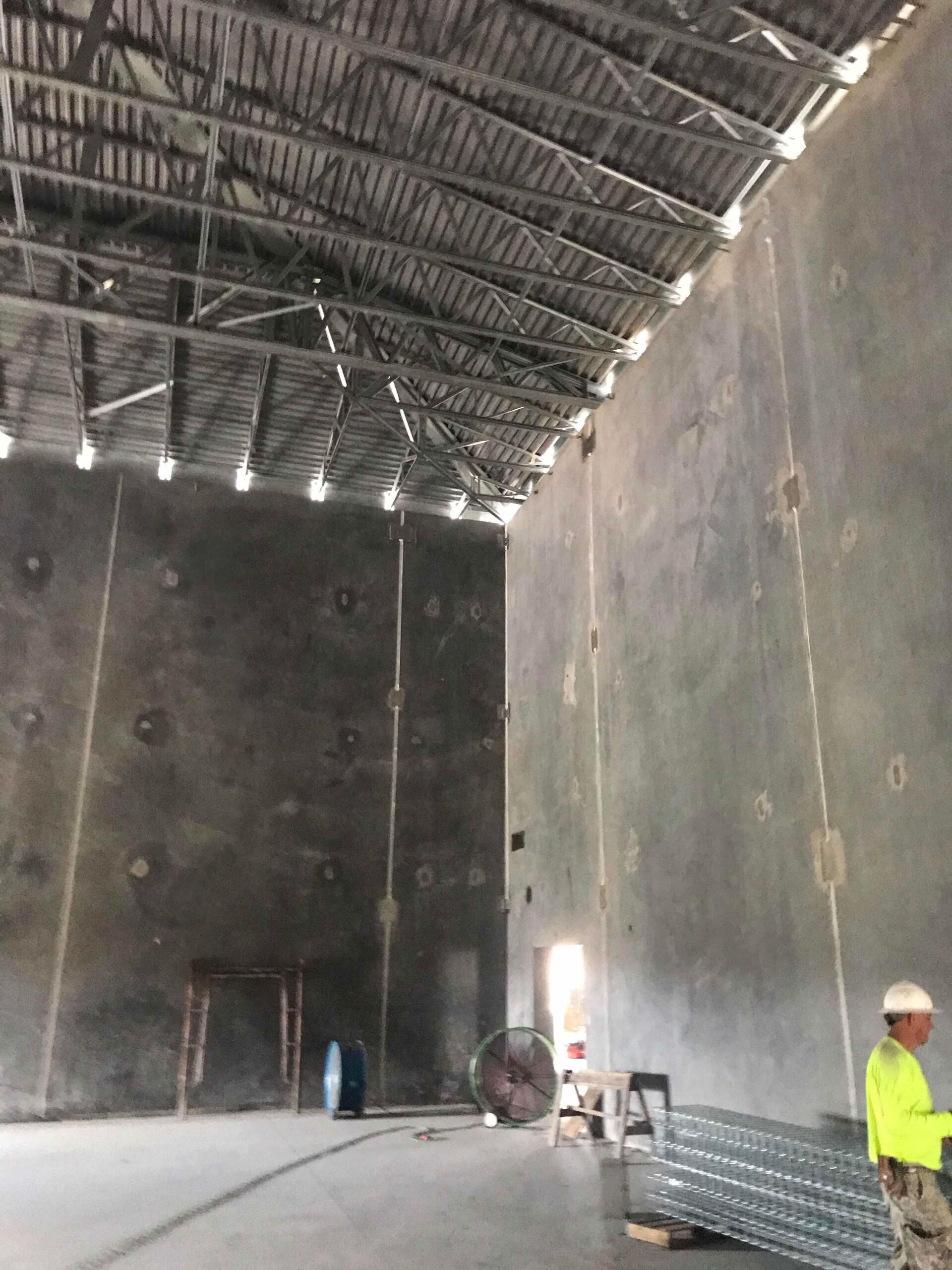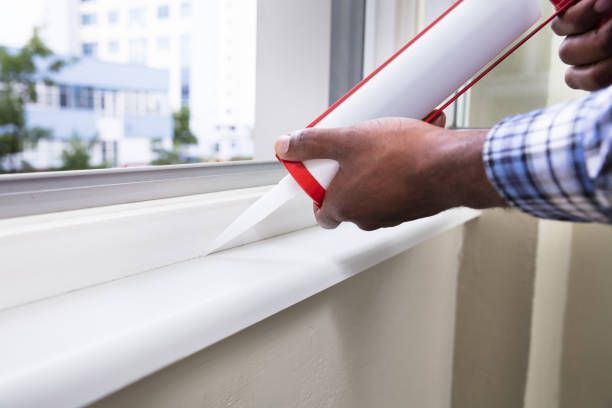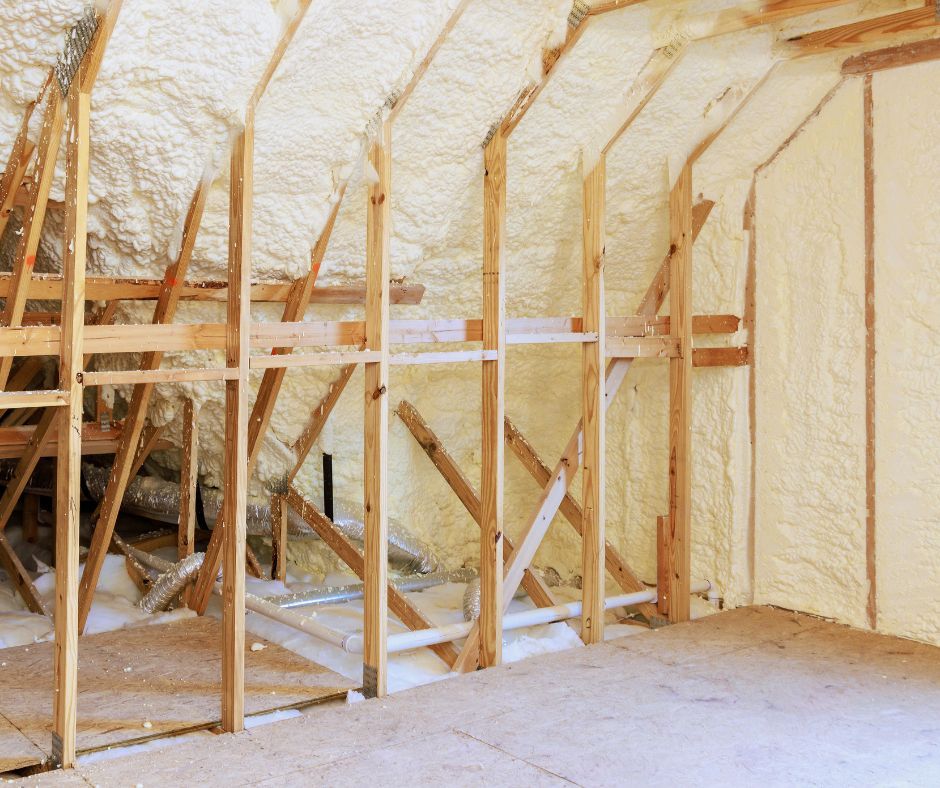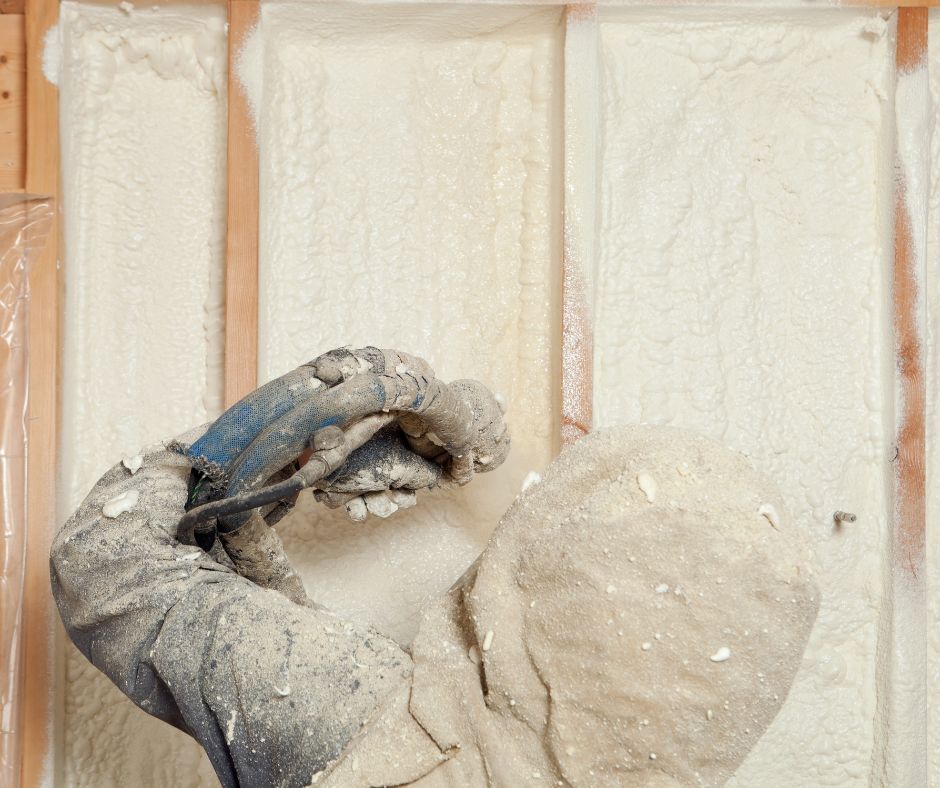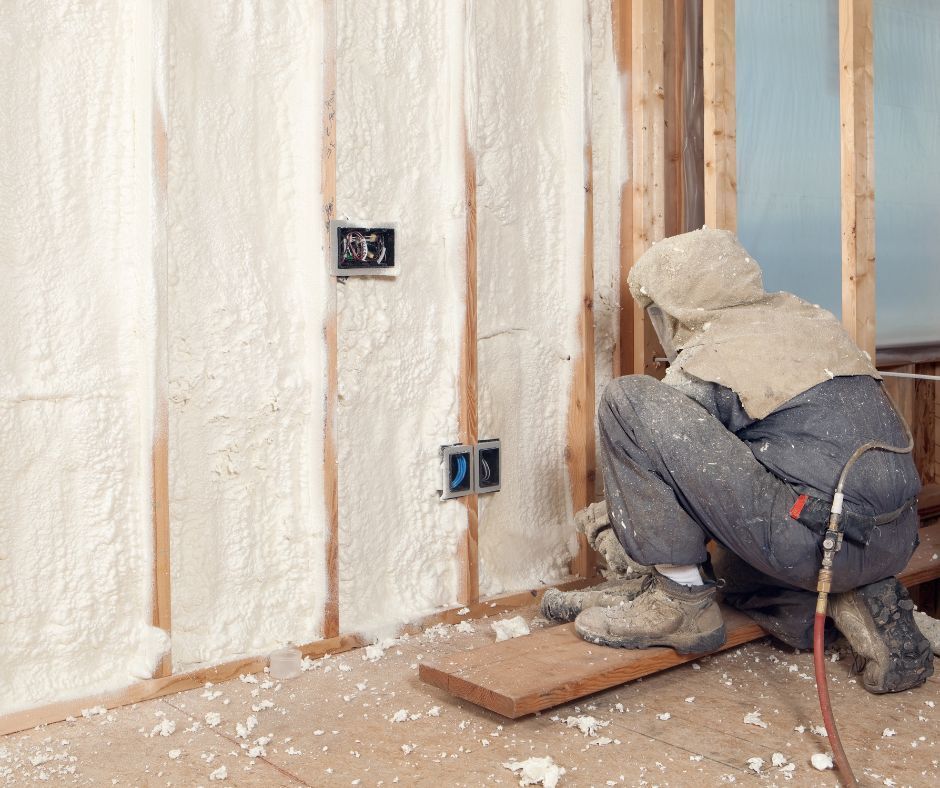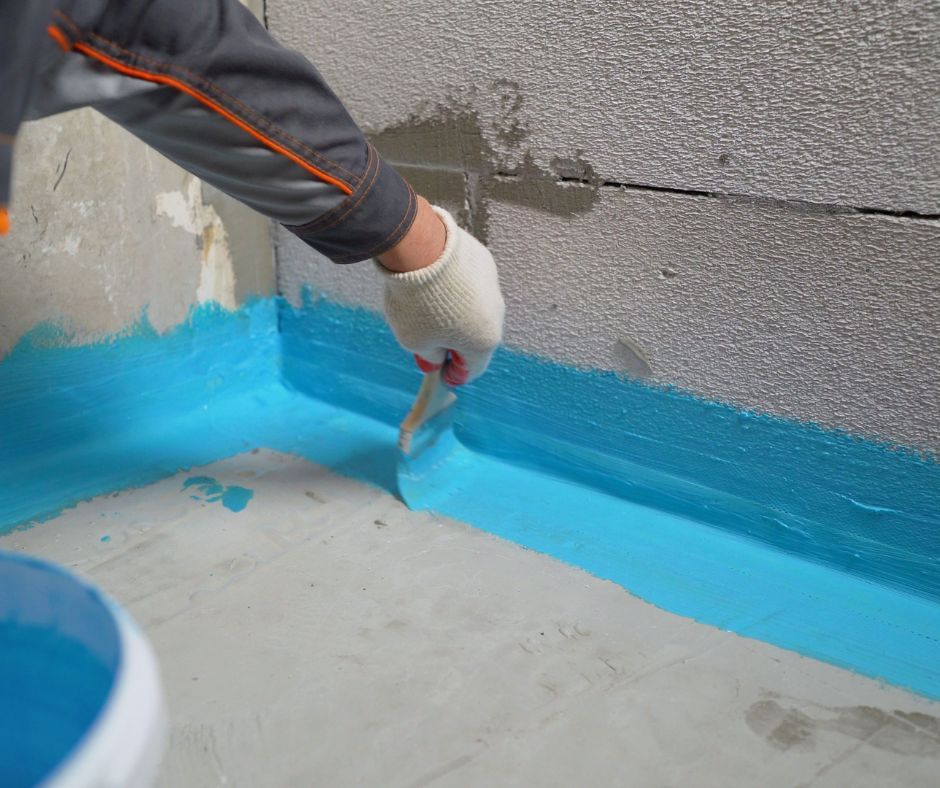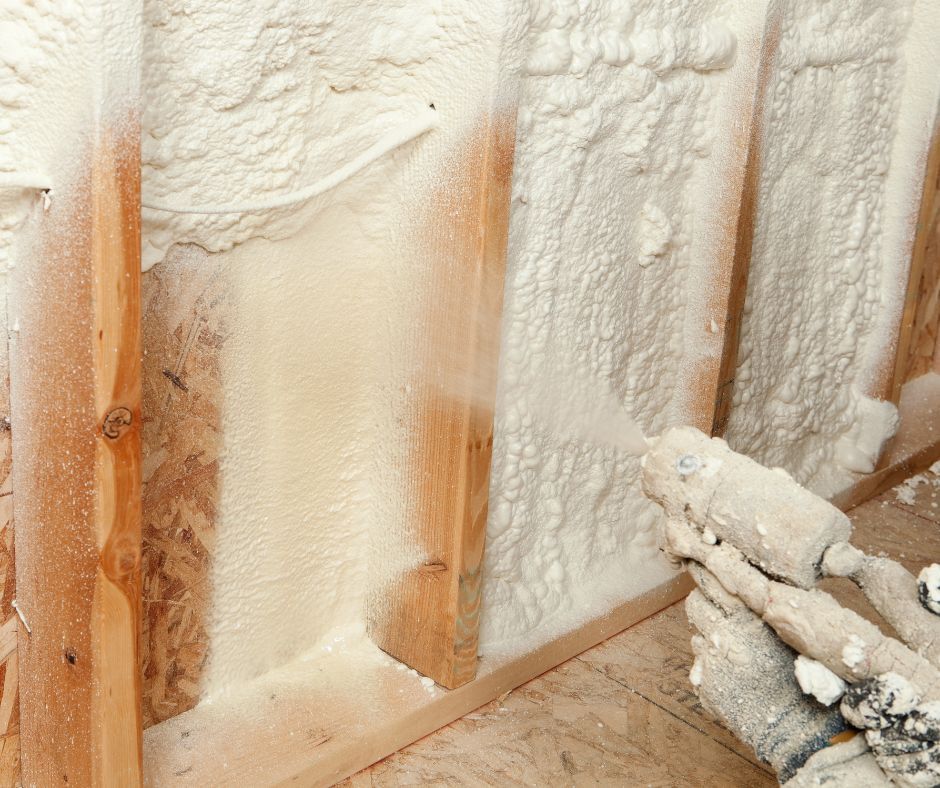Why Caulking Is More Than Just Aesthetic
Why Caulking Is More Than Just Aesthetic
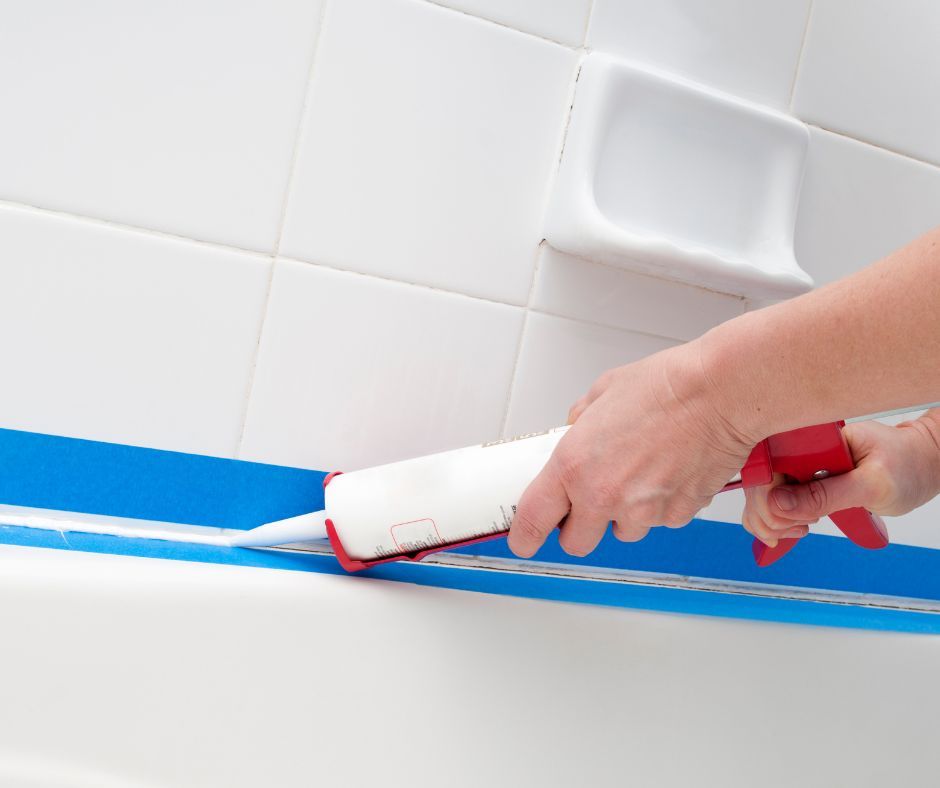
The Small Detail That Protects Your Entire Building
When most people think of caulking, they picture the clean white line around a bathtub or between a countertop and wall. But caulking is much more than a decorative detail — it’s a powerful barrier that seals your home from moisture, air, and even insects.
What Does Caulking Actually Do?
Caulking is a flexible material used to seal joints, cracks, and gaps in a wide variety of surfaces. It helps prevent moisture penetration, air leaks, insect intrusion, and material degradation. Moisture is kept out of vulnerable seams, drafts are reduced, pests are blocked from entry points, and edges are protected from rot or expansion. As home inspector Jeremy Fields puts it, “A good caulking job can save you thousands in damage caused by leaks and drafts.”
Common Applications Around the Home
Caulking is used both indoors and outdoors to protect your home’s integrity and comfort. Common areas include windows and door frames, bathtubs and sinks, baseboards and trim, exterior siding, roof flashing, and HVAC penetrations. Each area may require a different type of caulk, so choosing the right product is essential.
Types of Caulk and Their Uses
There is no universal caulk for every job. The best product depends on the material, water exposure, and flexibility needed. Silicone caulk is ideal for non-porous surfaces like glass and metal and offers excellent waterproofing. Acrylic latex caulk is paintable and commonly used indoors around trim. Polyurethane caulk is highly durable and suited for exteriors and joints that experience movement. Butyl rubber caulk, which is highly water-resistant, is often used on roofing and gutter seams. Always check the label to ensure compatibility with your project.
Energy Efficiency and Air Sealing
Air leaks around windows, doors, and wall penetrations can significantly increase heating and cooling bills. According to the U.S. Department of Energy, caulking and weatherstripping can reduce energy costs by 10 to 20 percent. Sealing these gaps improves HVAC efficiency, eliminates drafts, and helps maintain a stable indoor temperature year-round.
Moisture Control and Mold Prevention
One of the primary threats to a building’s health is water infiltration. Gaps around plumbing fixtures, exterior materials, and foundations can allow water to seep in. Over time, this leads to mold, mildew, wood rot, and even foundational cracks. Caulking creates a watertight seal in high-risk areas, helping to prevent these costly and hazardous issues.

How to Apply Caulk Like a Pro
Start by cleaning the surface thoroughly and removing any old caulk or debris. Cut the nozzle of the caulk tube to match the size of the gap you’re filling. Apply the caulk with steady, even pressure in a continuous bead. Smooth the bead with your finger or a caulking tool for a clean finish. Let it cure fully according to the manufacturer’s instructions before exposing it to moisture or paint. Contractor Melissa Hart advises, “A sloppy caulk line defeats the purpose. Take your time and do it right.”
Common Caulking Mistakes to Avoid
Avoid using the wrong type of caulk for the job, such as applying indoor-only products outdoors. Skipping surface prep leads to poor adhesion, and over-applying or under-applying caulk can compromise the seal. Not allowing it to cure before painting or using the area can cause it to peel or crack prematurely.
Final Thoughts: A Little Caulk Goes a Long Way
Caulking may seem like a minor detail, but it has a major impact on a building’s performance and longevity. It acts as a first line of defense against moisture, air leaks, insects, and material degradation. Whether you're sealing a bathroom or weatherproofing exterior joints, caulking is a small investment that pays off in long-term comfort, energy savings, and structural durability.
